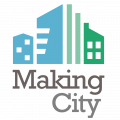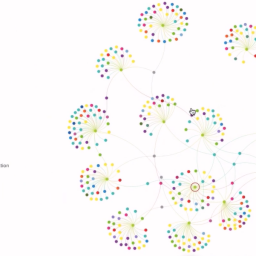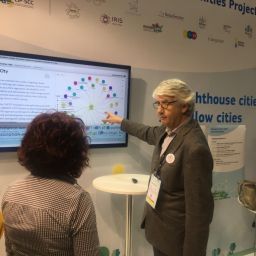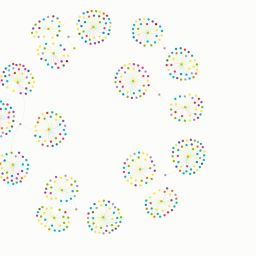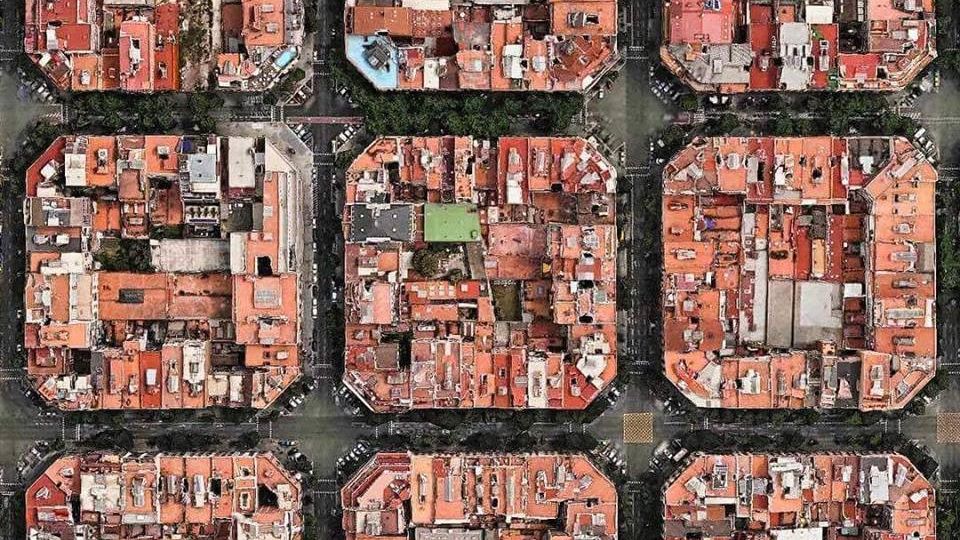
On the 16th of July 2020, the REMOURBAN project ended. As a MAKING-CITY sister project, access here the recorded version of this event and topics covered:
- The role of cities in transforming the economy
- Making Europe’s cities smarter for the environment and for citizens
- SECAPs as drivers for smart and sustainable cities
- Designing, planning and implementing smart cities
- Resilient cities for the challenges ahead
In addition, have a look at the presentation given by Bruno Sauer (CEO of GBCe) and titled “The co-logic of resilient cities”:
From the covid-19 crisis, what did we learn to better understand how to transform our cities into resilient structures that offer optimal environment to develop human activities? Instead of providing a direct answer to this question, it might be worth considering the Covid 19 crisis in a longer time perspective. A first reflection is based on the visual comparison of images taken in two different moments of the same places, in Cologne and Pamplona. These images expose the impact of a crisis in a city.

In 1945, after Second World War, Cologne was severely destroyed. Thanks to a global plan of reactivation of the economy, in less than 50 years, Cologne, as well as many other European cities, was rebuilt. Its physical destruction was settled in a rather short time. The reconstruction of the urban tissue gave a steady push to economic and technological growth, increasing human comfort and expectations of life. However, we know now that this growth had environmental costs.
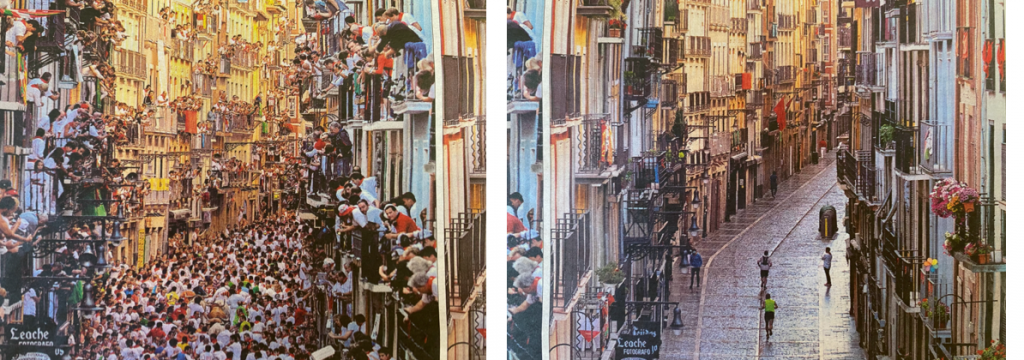
In 2013, the photographer Pedro Armestre took a picture of Pamplona that was awarded the Ortega and Gasset Prize. It showed the use of common space by people, by a human society developed as a time-related culture. Armestre took the same picture in 2020 to show how a health crisis can take away the soul of a city. Without people sharing space, activity and passion, cities are just built environments, no more, no less. Cities exist because of people.
These two examples of the destruction of cities arouse the second reflection. What makes that we enter in a new era? What creates the identity of a century?
The 19th century finished in 1914 because of a political powerplay. A simple “next step” of the way Europe was ruled during centuries: territorial expansion based on the hunger of power and fame of some individuals, fed by subjective interpretations of historical justice.
In fact, the real 20th century only started in 1945. The previous 30 years were a “searching and failing” attempt to reestablish a new order. In 1945 we signed a global agreement on peace, and we were blessed with the political vision of using public financing systems to build up industry, cities, society, health and well-being, and to trust in other nations and cultures again. But with the terrible and wrong conviction that our planet could support whatever kind of rhythm of reconstruction and being “emptied” of its natural resources and being “filled” with technological garbage.
The 2009-2010 gigantic global financial crash was the final firework of unlimited growth based on individual needs of becoming richer than rich. The 20th century finished in 2015, not in 2000, when the United Nations presented the SDGs, a new political framework to define how we should develop our global society. Paula Caballero put on the table of the UN the proposal to transform the Millennium Goals into SDGs. In November 2019, she suggested that she would probably add an 18th Goal: Change in Human Behavior. Eight months later, June 2020, her words were put into practice by a global health crisis and a global exercise of adaptation of human behavior to solve the crisis. Human beings all over the world are showing that the only way to contain the corona virus is by adapting their behavior. The same reflection was made during decades as one of the solutions to climate change. However, we trusted little in ourselves and mainly in (non-existing) political decisions and technological inventions. And the rough reality shows us that Climate Change is not solved at all.
The 21st century started in 2020, with a global destruction of the (individual) human comfort zone by a virus that is immune to national borders, cultural differences, individual richness or cultural intelligence. It is the first time in many centuries that people seriously speak about economic decrease as the solution for a new model of development.
Conclusion: The main challenge of the 21st century is not technological, but human.
Question: How can we create a new model of society that counts in the first place on the Human Behavior to be resilient in a changing future?
A quick look at scientific research shows that there are nine factors that have an influence on the human behavior:
- Social environment
- Emotions and associations
- Physical environment
- Self-image
- Personal Capacities
- Habits and automatisms
- Attitude
- Intention
- Knowledge
The third factor, the physical environment, refers to the space where we live and work. The quality of our daily environment, the design, the proportions, the colors, the smelling, the grade of satisfaction, the functionality, the facilities of being served in your needs, etc.
How can interior and exterior space help us to behave in one or another way?
If we had posed this question to the major of a city in the 20th century, they would have called their urban planner and assigned them the task of redesigning the city according to the impact on human behavior. Probably, the urban planner would have worked for months in the office, with a team composed of architects, engineers, and urban planners, to present an overwhelming strategy and plan. In the 21st century and having understood the factors that influence human behavior, the major should go to the balcony and shout: “Dear citizen…how much space do we have available to transform our city? How much space are you willing to transform for the common well-being?”
This question leads us to the third reflection. Urban space is, just as fresh clean water, energy, and minerals, a scarce resource! We have what we have. Cities are built. Demographic projections in Europe show population decrease. Cities do not have to be enlarged. Our raw material for city transformation is known and limited.
Having reached this third and most strategic reflection, I would like to share the concept of co-logic design. Co-logic refers to coherent, common and complex. Three basic principles of the eco-logic structures. Co-logic design thinking is based on:
- Focus on the common ground: history showed us that the focus on individual growth and power leads to destruction.
- Colourful decision making: every moment of decision making can have a different “colour”, a different focus. Our reality is much more complex than a century ago and we need intellectual flexibility on the moment we take decisions.
- Local truth above global uniformity: the latest crisis showed us clearly that uniformity on global developments lead to poverty in ecological resistance. Global input to a local reality can be enriching only if it can be adapted to the local truth.
With this in mind and with the understanding that we are focusing on the physical environment, we can make the exercise of defining the main challenges of the resilient city.
The main challenges are:
- Decarbonisation
- Adaptability
- Heat stress reduction
- Flood risk management
- Density
- Public-Private Property
- Health and well-being
- Biodiversity
- Mobility
- Local economical complexity
Let’s go back to the question the mayor asked the citizens, and turn this into the KPQ (the Key Performance Question): “What kind of spaces can we transform to give the citizens a physical environment that makes it easier to adapt their behavior to succeed in the transformation of the city towards a more resilient environment?”
The key words in this question are:
- Space as a new scarce resource
- Adaptation of the behavior as the 18th SDG
- Transformation is the main activity in city scale for the 21st century
Even though it should be the citizen of each city who gave the answer, a high-level approach to the possibilities brings us to 5 physical environments, subject to be transformed:
Streets
Challenges: decarbonisation, adaptability, heat stress reduction, flood risk management, public-private property, health and well-being, biodiversity, and mobility.
After the Covid-19 crisis, in which human beings demonstrated great ability to adapt to working in the distance, there is no reason to delay the reconsideration of the use of common outdoor space, up to now primarily dominated by individual car mobility. The city model in which the car is the center of the common space, dominating the design of the urban space, suffers the impossibility to be constantly adapted, updated, to different needs. in the 21st century such a limitation is just insane The space available for cars should be reduced to a 20% of the current space, because we need the other 80% for other uses.
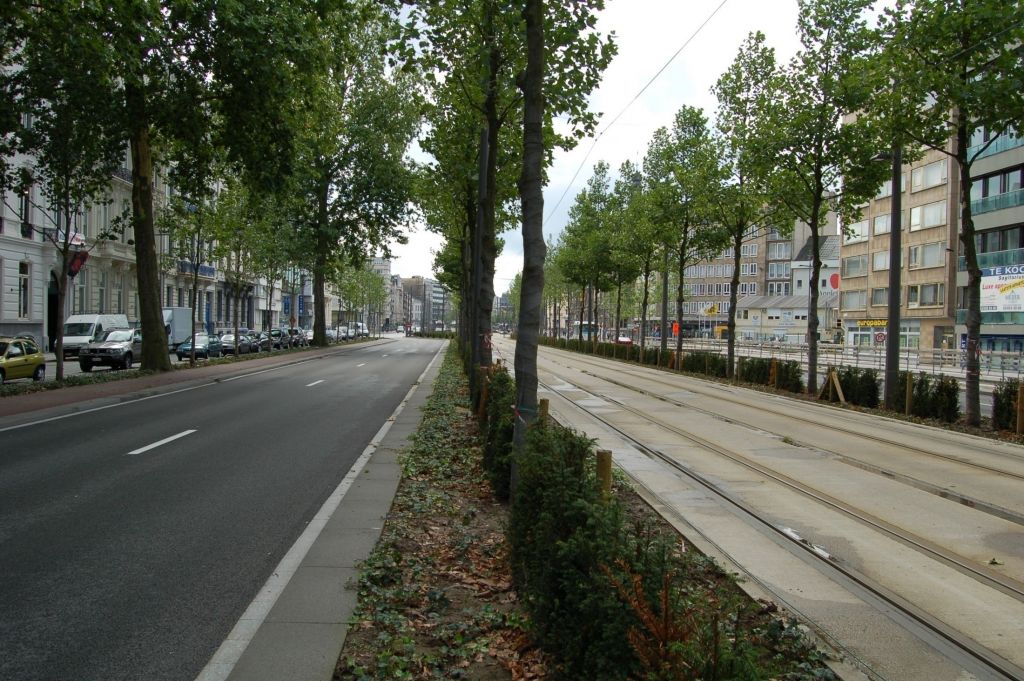
Squares
Challenges: adaptability, heat stress reduction, flood risk management, public-private property, health and well-being, biodiversity, and local economical flexibility.
Squares are usually considered as common flexible urban spaces. They should be turned into the main elements in a network of Nature Based Solutions for Climate Change Adaptation. Heat stress reduction and Flood Risk Management have to be done in larger urban spaces.
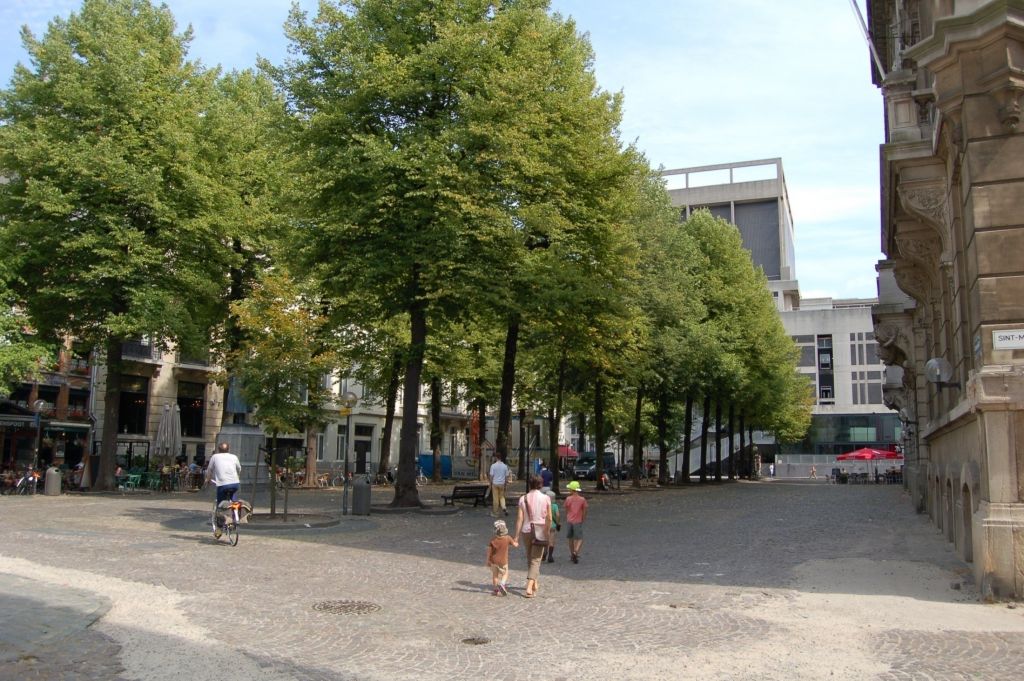
Ground floor use
Challenges: decarbonisation, adaptability, public-private property, mobility, and local economical flexibility.
In the intersection of the vertical and horizonal development of the city, it is the ground floor of the buildings. In general, vertical development is related to private property, horizontal development to public property. The ground floor is a place where private property has a public use. In moments of crisis or in the search for city adaptation to be more resilient, this intersection space is key to have a flexible and adaptable city tissue. Why do we have so many ground floor spaces that are not used, not rented, not sold? Why cannot we use these available spaces to create common ground, to create emergency places in times of crisis? This is no doubt a design problem, but first, we need a serious brainstorm on private-public property structures. In a co-logic structure this simplicity of property structures would be an obstacle for future developments.

Housing
Challenges: decarbonisation, adaptability, density, public-private property, health and well-being, mobility.
The social pressure during the covid-19 crisis was physically concentrated indoors of our housing structure. From one day to another, our homes had to be adapted to be offices, houses, schools, fitness places… all at the same time and, above that, provide space enough for privacy of the individual. This is/was an extreme crisis moment, probably not the new-normal, but the future use of our homes will be somewhere in between the past and the present. What about open air space? What about privacy? What about acoustic comfort? What about being able to share your space with other people confined in your house because you want to help them? Your parents? An old friend? What if this happens not because of a virus, but because of heavy flooding, or heat waves?

City block
Challenges: decarbonisation, adaptability, heat stress reduction, flood risk management, density, public-private property, and biodiversity.
If the first principle of the co-logic design is “focus on the common ground”, and we look to the transformation of the city structure, the first common ground of our houses is the city block. Physically we are linked to each other, we share roofs, basements, streets, …. . So, what can we share with each other to increase the effectiveness of our city infrastructure? Roofs? Basements? Common balconies? Inner courtyards? Façades? What are the spaces where we can upscale technological solutions without losing individual freedom and privacy, or at least not in such a way we reject the needed transformations?

